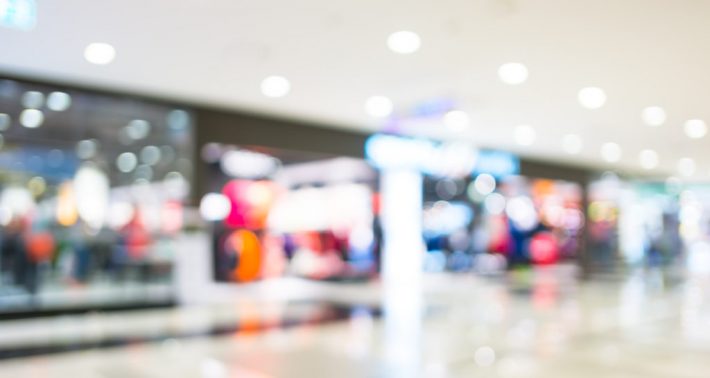Regardless of the industry you’re in, there’s no doubt that millennials are changing the way consumers interact with brands. A demand that once used to be a simple strategy focused solely on selling product has evolved to something much greater, and brands are now having to serve their audiences in more intentional ways. A brand’s mission, the quality of their products, the way they integrate innovation in to their design process, the level in which they give back… all of these components of a company play a crucial role in driving purchasing decisions. Why? Because today’s consumers want to be actively involved with the things they’re buying and the brands they’re supporting.
The experience economy exemplifies this sentiment and embodies a response to it. As consumers demand more authentic interaction with the brands they support, the trend of experience planning is booming. We’re seeing a greater shift where today’s consumers assign more value to experiences rather than things, and because this is becoming increasingly prevalent, brands have to ideate new ways to engage their audiences accordingly.
Retailers and B2C companies need to reimagine, and ultimately reinvent, the way they add value to the lives of their consumer base. We know that there’s a need for products to transcend the standard of merging convenience, quality, and distinction, but brands who find a way to create products that have experiences attached to them are rising to the top. As put by the experts over at Inc., “The trends are real and important. As consumers, we have a lot of stuff, so new physical things must be really differentiated and valuable to replace what we already have, but simply being new or better isn’t enough. New offerings must compose or integrate to experiences to have significant, lasting value. If you want to build new stuff, in other words, it must link to or play a valuable role in a meaningful experience.”
Have you seen the surge in pop-up shops? There’s a clear-cut reason why this marketing tactic is becoming a widely-accepted trend. It gives brands a way to break out of their comfort zones a bit and engage with their audiences in a more creative, engaging, and innovative way. Furthermore, it translates as an opportunity for brands to hone in on specific themes, topics, and trends in a way that feels candid and authentic. They can use the strategy as a temporary approach for making a greater statement about something that’s on brand. And in case you needed further convincing, perhaps the most legitimate argument for the art of the pop-up shop is the reality that coordinating tangible experiences for your audience gives you organic face time with them. What better way to augment brand loyalty then to spend time with the people investing in your brand and developing a more in-depth understanding of what they want more of? Not to mention that if you’re anything like me and have a tendency to maximize the potential of opportunities, you could argue that this one-on-one connection resembles meaningful market research. Did you just hear that mic drop?
If your’e feeling in need of some inspiration to get your gears turning, consider some of the ways leading brands have refreshed their brand to affirm their relevance in the ever-changing world of retail.
Cheetos launched The Spotted Cheetah, and partnered with celebrity chef Anne Burrell to create a temporary restaurant where every component was curated and filtered through the lens of the vibrant and ebullient brand. Think dishes like Flamin’ Hot Limón Chicken Tacos matched with vivacious, brand-inspired decor, like portraits of Chester the Cheetah decorating the walls and Cheetos-themed toilet paper. Kellogg’s launched a similar initiative that operates as a creative workspace and a full-time restaurant in NYC.
In an industry that’s on the decline, Marie Claire gave readers a more compelling way to interact with the content on the pages of their magazine. In partnership with MasterCard, the brand explored the future of the traditional shopping experience and leveraged technology to create a pop-up that gave attendees an entirely new way to interact with the products featured in the magazine. They featured things like smart mirrors that doubled as personal shoppers, facial recognition technology that made product recommendations customized to each person’s skin tone and skin type, and even an onsite app that made it easy to purchase products directly through your smartphone.
Even Netflix pursued the pop-up route when relaunching the highly-anticipated revival of Gilmore Girls. By recreating the Luke’s infamous diner fans had come to love through the show, they created a nationwide buzz that translated as a smashing success.
These examples just begin to scratch the surface of how brands are giving consumers unique experiences to lean in and engage more authentically with their product. Arati Sharma, the Director of Marketing at Shopify notes, “It’s not a new phenomenon, but because retail is changing so much, pop-up shops are that new high-touch was of getting in front of your customer, client, or consumer.”
Think about it. What ways can you challenge your brand to think beyond your product and cultivate a more meaningful experience for consumers? Drop your ideas in the comments below.
